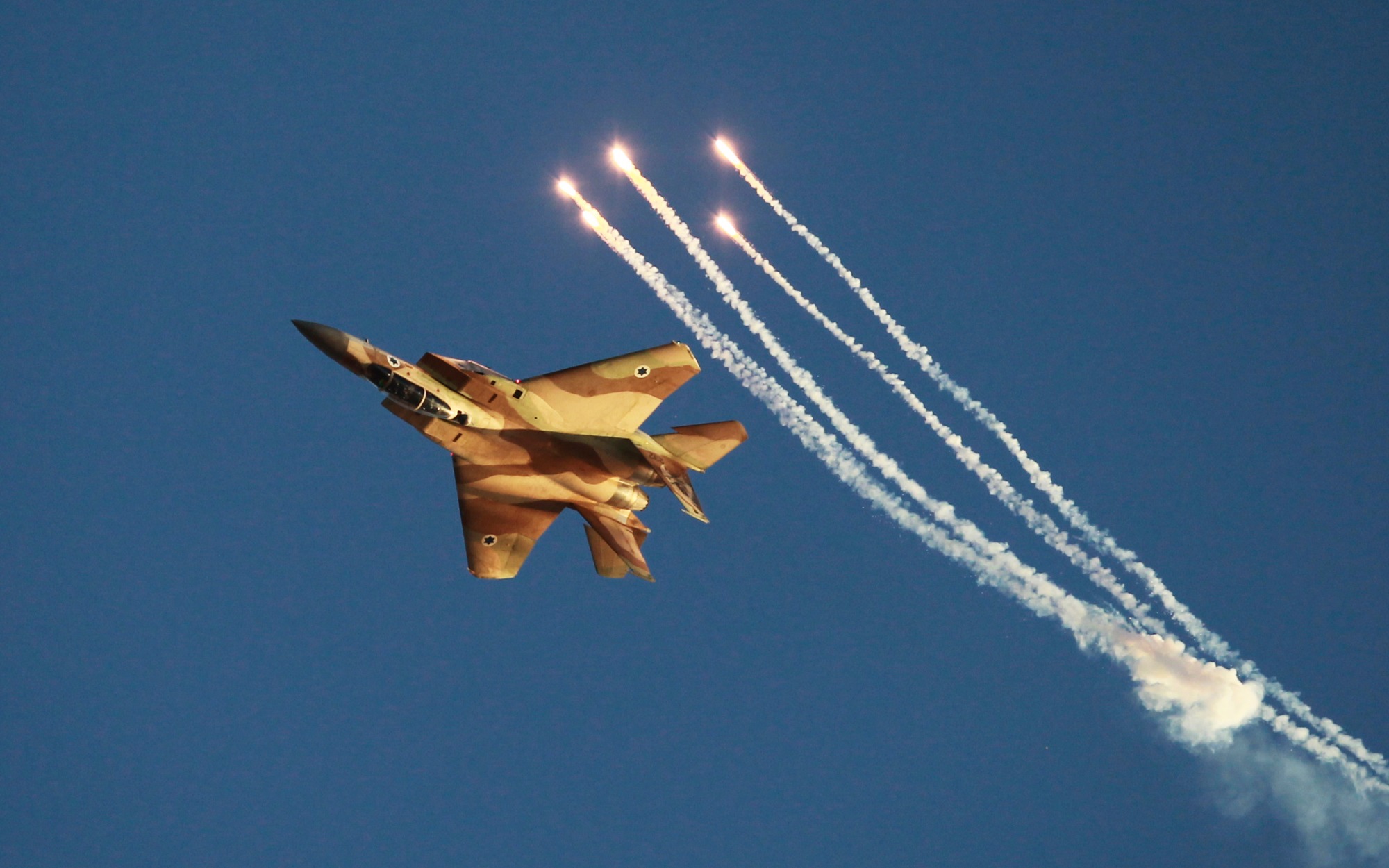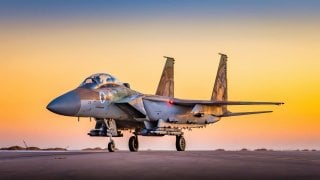F-15I: Israel's Fighter 'Masterpiece' Is Truly One of a Kind
Israel’s F-15I "Ra’am," introduced in 1998, is a modified F-15E Strike Eagle variant with advanced avionics and weapons systems.
Summary and Key Points: Earlier this month, two key Democratic lawmakers approved the sale of 50 F-15 fighter jets to Israel as part of an $18 billion arms deal, including missiles and precision-guided munitions. The Israeli Air Force (IAF) initially requested the jets in 2022, with the urgency heightened by ongoing conflicts. Israel’s F-15I "Ra’am," introduced in 1998, is a modified F-15E Strike Eagle variant with advanced avionics and weapons systems.

The F-15I has been crucial for Israel's defense, and the new jets will bolster its capabilities amidst regional threats.
What Makes the F-15I So Special
Earlier this month, two key Democratic lawmakers in the House and Senate gave their approval for the sale of 50 F-15 fighter jets to Israel after months of pressure from the White House and pro-Israel advocates.
As part of this major arms deal worth more than $18 billion, the IAF will also receive air-to-air missiles and precision-guided munitions.
The Israeli government originally requested additional F-15 fighters back in 2022. However, amidst the ongoing Hamas war and imminent crisis along the Lebanese border, the timely introduction of these jets to the IAF’s arsenal is paramount for Israel’s security.
The IAF currently flies the F-15I, a modified variant of the American-made Eagle platform which is similar to the upgraded F-15E Strike Eagle. Since its introduction to service with the IAF many years ago, the F-15I has played an instrumental role in the country’s readiness and ability to address threats and secure its borders effectively.
How did Israel acquire the F-15I?
Israel procured its first F-15I fighter from the U.S. in 1998. Following the 1991 Gulf War, Israeli officials understood the necessity of acquiring a platform capable of carrying out long-range strike operations. During the war, the Israeli military was unable to intercept many of the SCUD ballistic missiles that were launched by Iraq toward the Jewish state. In an effort to rectify this shortcoming, the IAF opted to purchase the American-made Eagle platform.
Designated as “Ra’am” (Thunder) by the Jewish state, the McDonnell Douglas platform was specially modified to meet the distinct needs of Israel’s military. Specifically, the IAF variant features more advanced weapons, avionics, communication capabilities and electronic warfare systems than the original Eagle which was crafted to function as a pure air-to-air fighter.
What sets the F-15I Ra’am apart?
In terms of avionics, the Ra’am is equipped with the Hughes APG-70 synthetic aperture radar, an Elbit display and sight helmet (DASH) system and the Kaiser holographic head-up display system. Weapons-wise, the Ra’am uses the same single 20mm M61A1 Vulcan internal automatic cannon that the Eagle is equipped with, and can support up to 23,000 pounds of air-launched or air-dropped munitions.
Unlike their American-flown Eagle counterparts, the Ra’am jets use engine actuator covers on their afterburner cans. Other than these relatively small differences, the Ra’am and Strike Eagle jets appear very similar. Both planes feature two crew members who sit in tandem and a twin-engine arrangement that is side-by-side. The F-15I is powered by two Pratt & Whitney F100-PW series afterburning turbofan engines which enable the fighter to fly at speeds in excess of Mach-2.0 (times the speed of sound).

Until the IAF acquires the F-15EX over the next few years, the Ra’am fighters currently in service will certainly aid the country’s defensive efforts against its hostile neighbors.
As explained by the chairman and former CEO of Boeing, "From a purely technological standpoint, the F-15I is a masterpiece. It will provide the qualitative edge Israel requires to preserve peace. Israeli engineers and suppliers played a significant role in the production of this airplane. That fact is meaningful not just from a technology standpoint, but as a matter of pride.”

About the Author: Defense Expert Maya Carlin
Maya Carlin, National Security Writer with The National Interest, is an analyst with the Center for Security Policy and a former Anna Sobol Levy Fellow at IDC Herzliya in Israel. She has by-lines in many publications, including The National Interest, Jerusalem Post, and Times of Israel. You can follow her on Twitter: @MayaCarlin
All images are Creative Commons or Shutterstock.
From the Vault
Russia Freaked Out: Why the U.S. Navy 'Unretired' the Iowa-Class Battleships
Battleship vs. Battlecruiser: Iowa-Class vs. Russia's Kirov-Class (Who Wins?)


